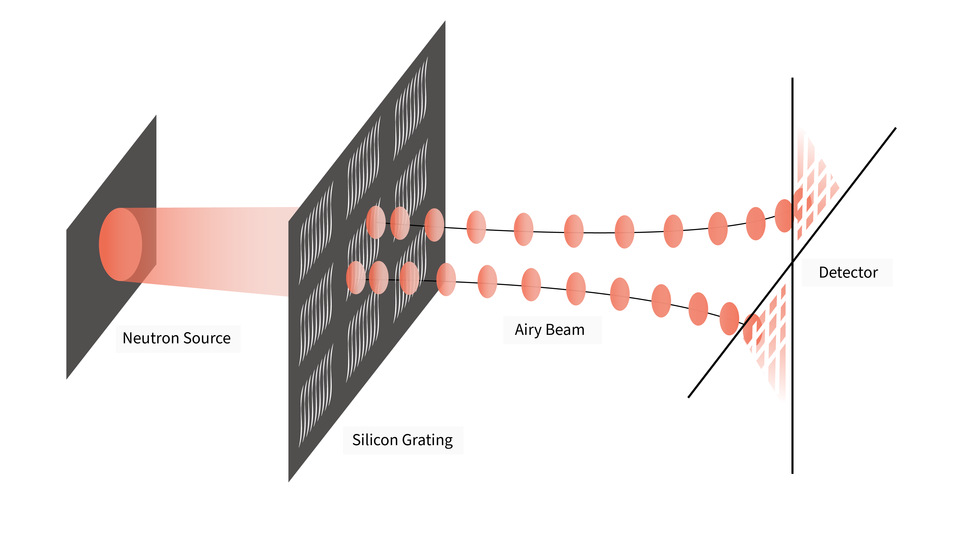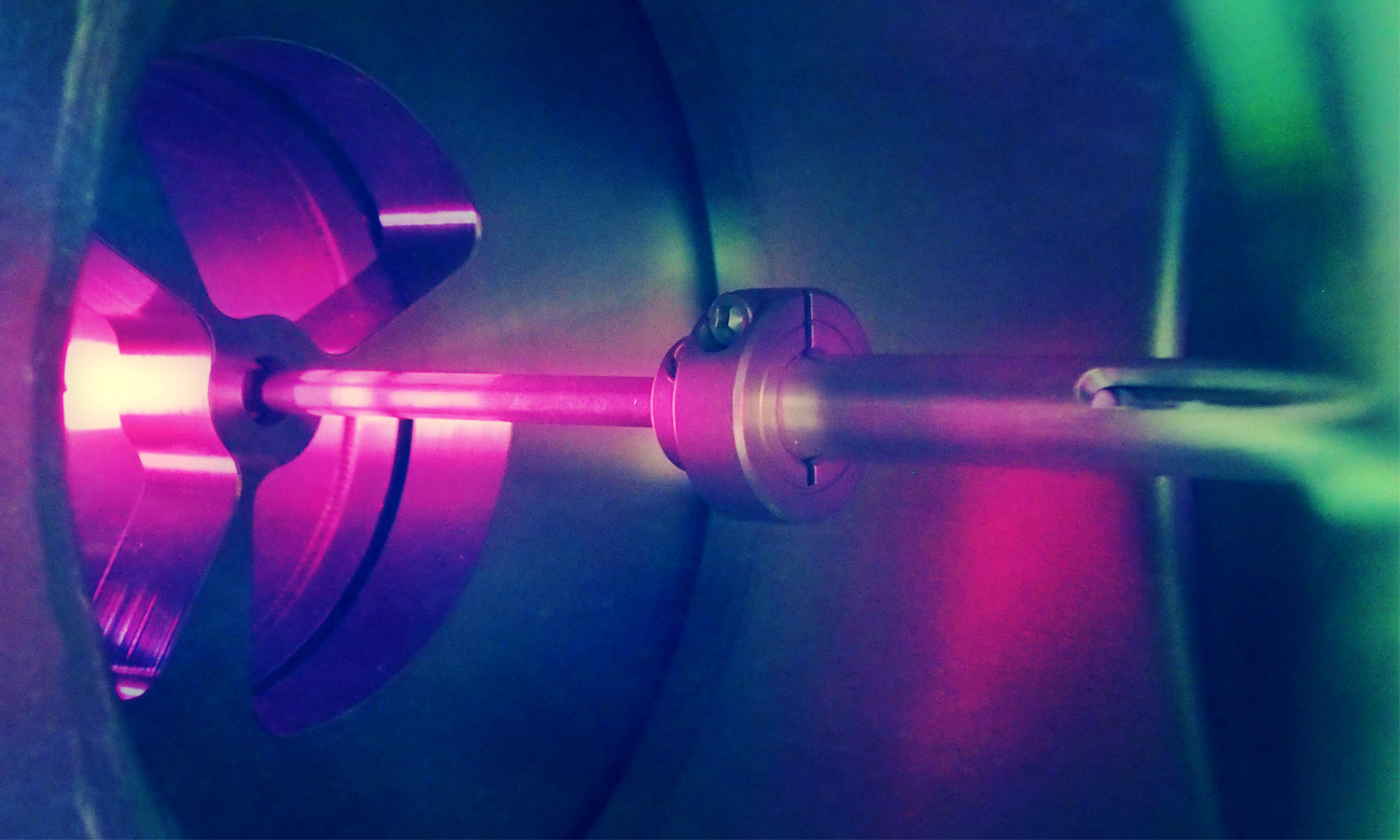Scientists at the National Institute of Standards and Technology (NIST) have achieved a groundbreaking feat: creating neutron beams that curve, known as Airy beams, which could revolutionize material analysis.
Bending Neutrons: A Scientific First
Traditionally, neutron beams travel in straight lines, limiting their ability to probe materials obstructed by obstacles. However, the NIST team, in collaboration with researchers from the University of Buffalo, University of Waterloo, and other institutions, has successfully generated Airy neutron beams that follow curved, parabolic paths. This advancement allows the beams to navigate around obstructions, offering a more comprehensive view of the internal structures of various materials.
The Science Behind Airy Beams
Airy beams are unique waveforms that, unlike conventional beams, do not spread out as they propagate and can self-heal after encountering an obstacle. While Airy beams have been created using light and electrons, producing them with neutrons posed a significant challenge due to neutrons’ lack of electric charge and the ineffectiveness of traditional lenses.
To overcome this, the researchers developed a custom diffraction grating—a silicon chip etched with over six million microscopic lines. This grating manipulates the neutron waves, transforming a standard beam into an Airy beam. The precise arrangement of these lines was the result of years of meticulous research and design. Dailyscitech

When an ordinary beam of neutrons strikes the team’s silicon grating, the millions of scored lines on the grating convert the neutrons into an Airy beam, whose wavefront travels along a parabolic path. The triangular shapes on the detector match the predicted behavior of an Airy beam, offering evidence of the team’s success. Credit: N. Hanacek/NIST
Implications for Industry and Research
The ability to steer neutron beams around obstacles opens new possibilities in non-destructive testing and imaging. Industries such as pharmaceuticals, materials science, and even archaeology could benefit from enhanced imaging techniques that provide detailed internal views without damaging the subject. Dailyscitech
Furthermore, this development could lead to advancements in quantum computing and fundamental physics research, where understanding the internal composition of materials at the atomic level is crucial. Dailyscitech










